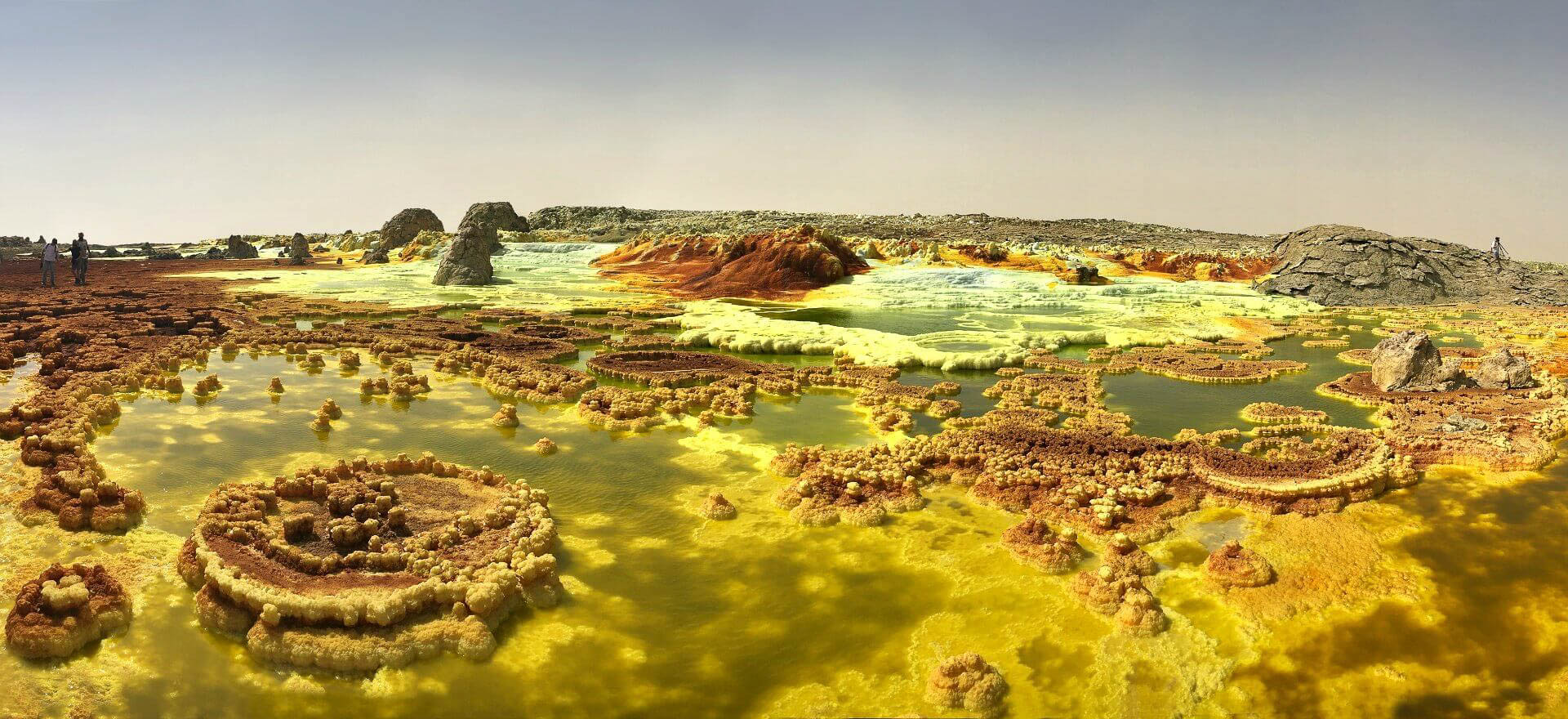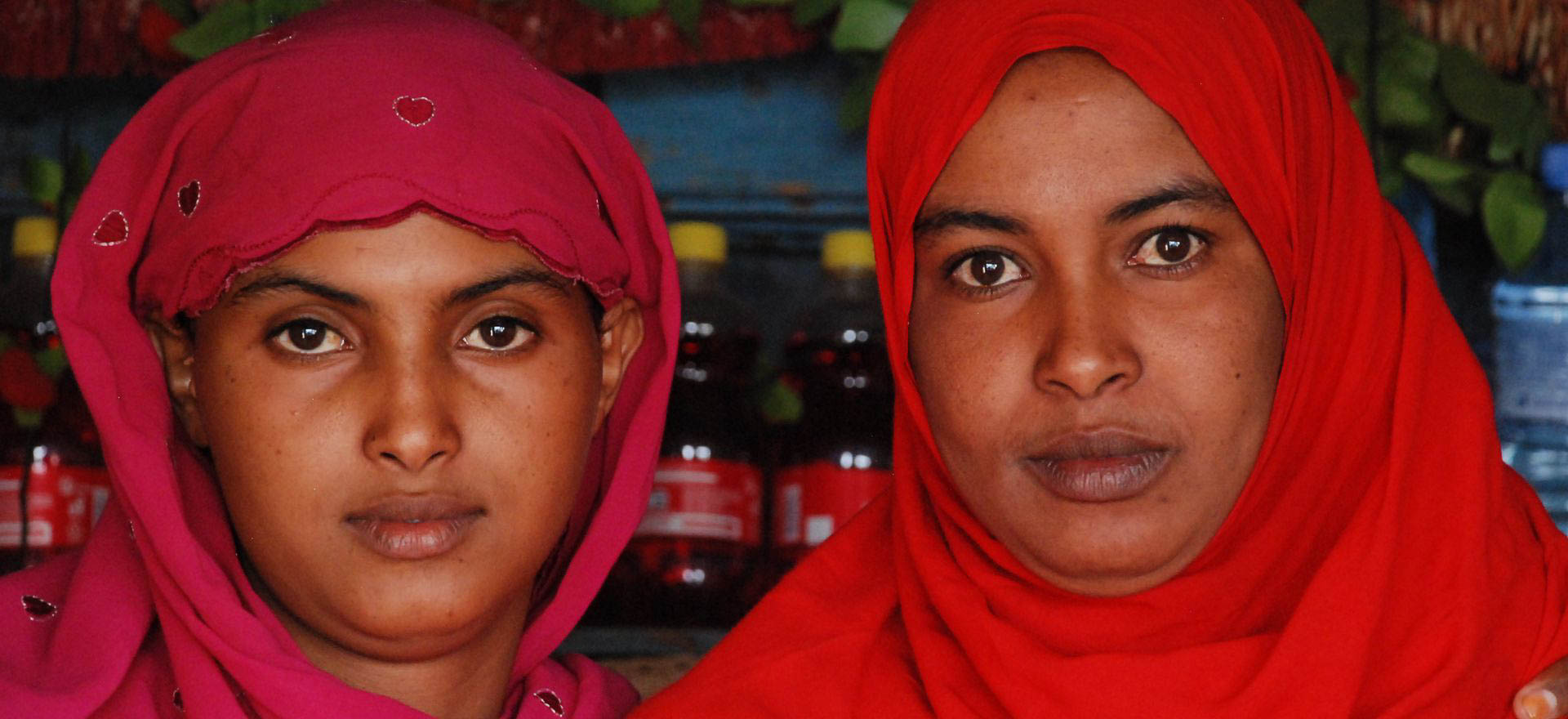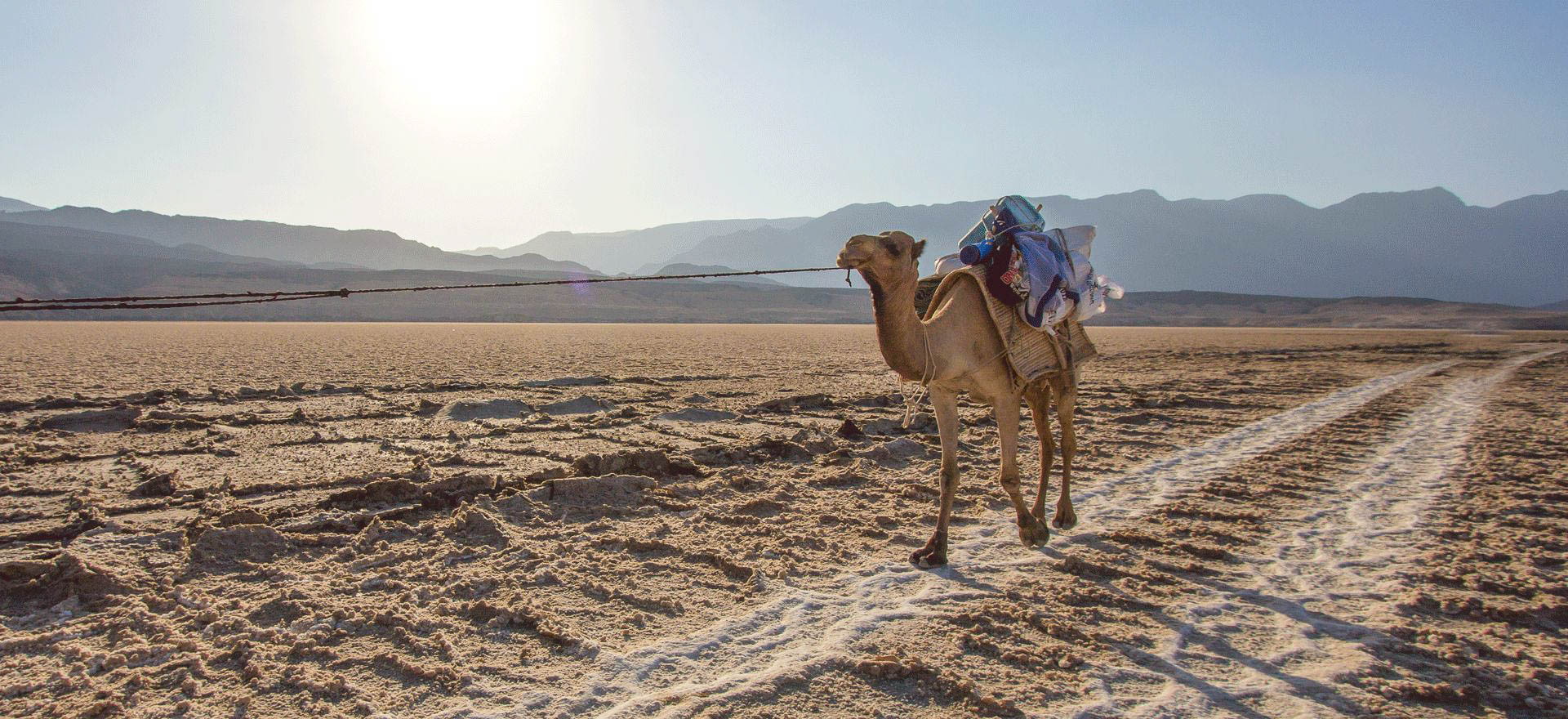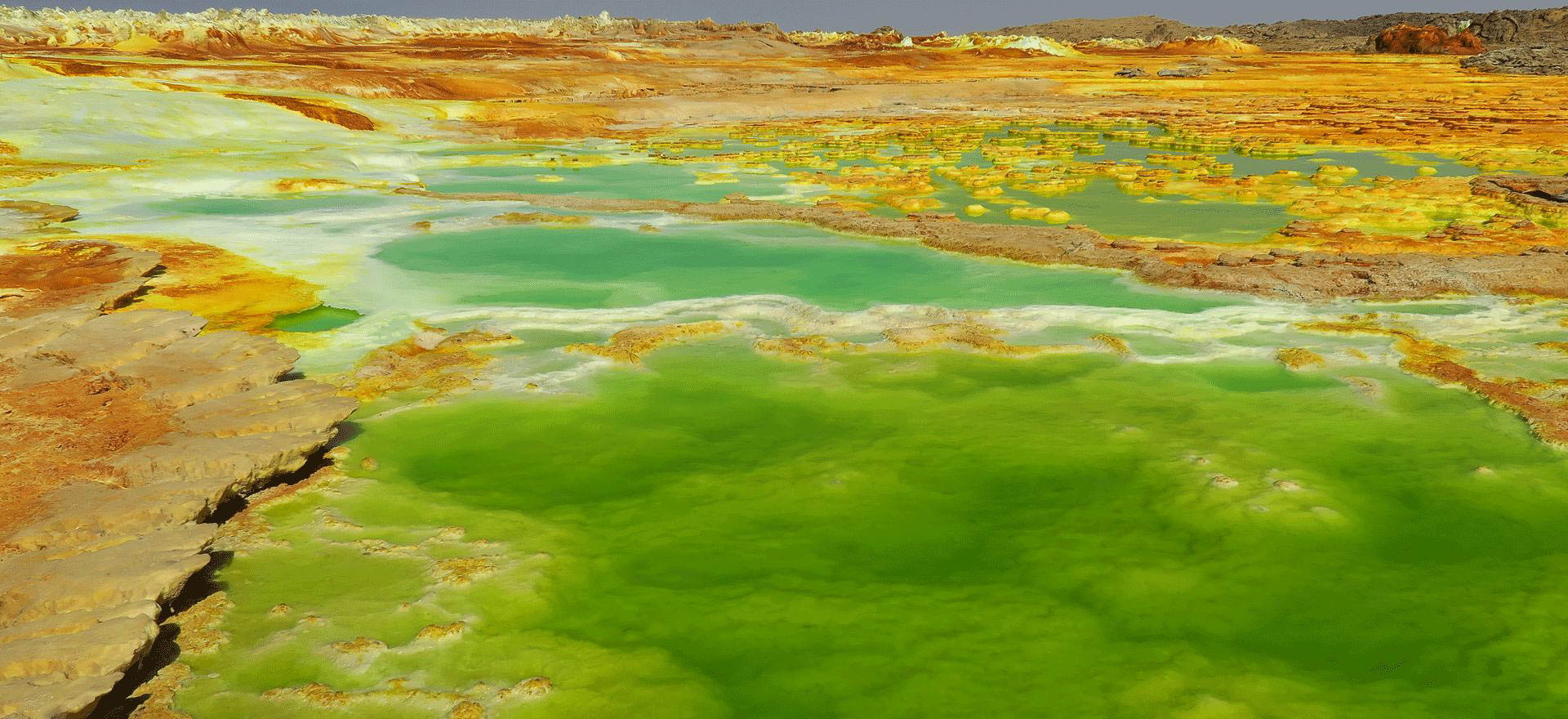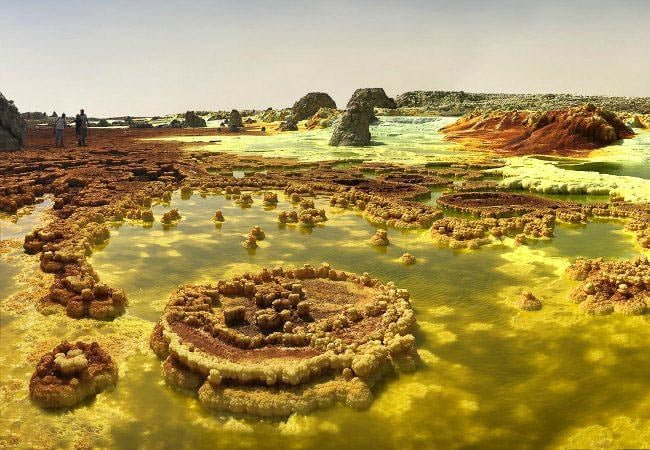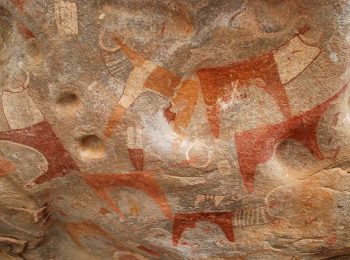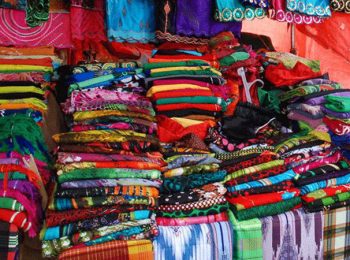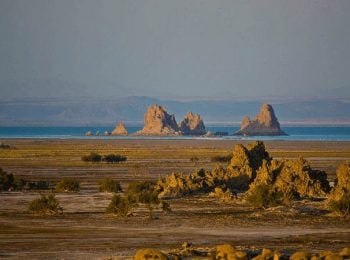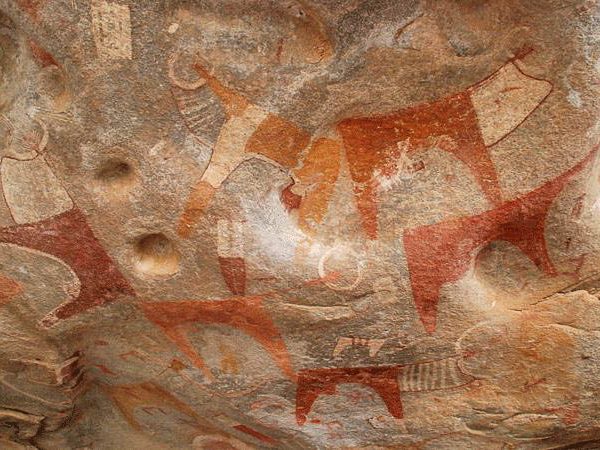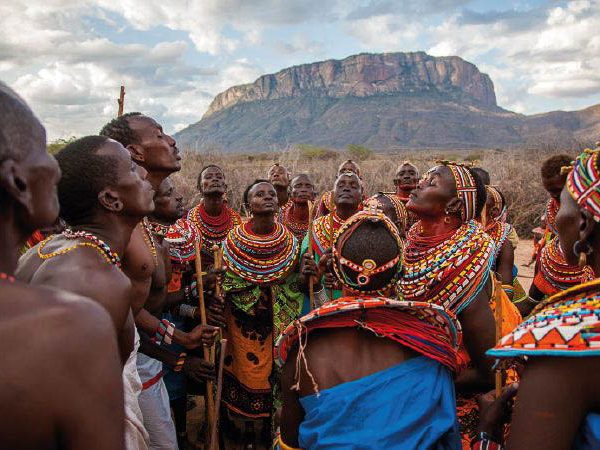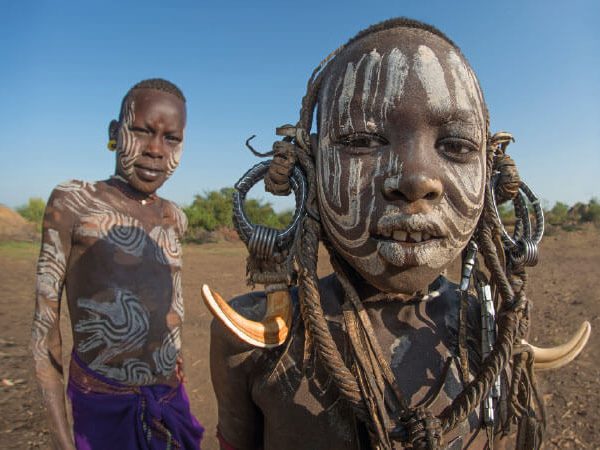Visas
Most travellers will require a visa to enter Ethiopia which should be obtained in advance in your home country. Please note that you will need to apply via the embassy as the E-visa is not recognised at the land border that you will cross on this trip. As of December 2020, Djibouti no longer offers visas on arrival and you must obtain this before you travel.
Most travellers will require a visa to enter Somaliland. For British, EU, Canadian and American citizens, this can be obtained on arrival at the airport without pre-arrangement at a cost of $60. You should bring two passport photos. If you are a different nationality, we can arrange for a visa to be issued on arrival but you must inform us two months prior to departure so that we can make the necessary arrangements. The visa cannot be issued on arrival without it being pre-arranged.
Visa regulations can change however and so we recommend that you contact your nearest embassy for the most up to date information.
Health and vaccinations
We are not medically qualified and so we recommend that you speak to your doctor or nearest health professional for advice concerning recommended vaccinations. For more advice on vaccinations, you can also visit www.fitfortravel.nhs.uk.
Yellow Fever vaccination certificates are not required for these countries unless you are coming from a Yellow Fever endemic zone.
Insurance
It is a condition of joining our tours that you have suitable travel insurance in place, and we cannot accept travellers without insurance. All policies differ in terms of what they will cover, but as a minimum you need medical and health cover which will cover you for the whole time that you are away. Most policies will also include cancellation cover, which will cover you if an unforeseen circumstance obliges you to cancel your trip. We recommend that you obtain your insurance as soon as you book your trip.
Please note that government travel warnings often affect the validity of your travel insurance, and you should check this with your insurance company.
Arrival and departure taxes
There are no arrival or departure taxes applicable for either Ethiopia or Djibouti. There is an arrival tax of $34 and a departure tax of $44 which must be paid when entering and leaving Somaliland. These must be paid in US dollars.
Money
The local currency in Ethiopia is the birr, and in Djibouti the franc. It is best to bring US dollars for exchange purposes. The local currency in Somaliland is the Somaliland shilling. However, almost everywhere will accept payment in US dollars and so there is little point in changing money. You should bring clean and unmarked notes that have been issued after 2009, otherwise it can be difficult to exchange them.
It’s easy to change money in Ethiopia, either at banks or the hotels and your guide can assist with this. There are also an increasing number of ATMs in larger towns. However these are not always reliable and so it is best to think of them as a back up rather than a main means of obtaining money. Also, do bear in mind that you are travelling through remote parts of both countries – we recommend changing money in Djibouti Town, and then again when you cross into Ethiopia, and your guide will be able to help you with this.
Credit cards are accepted in larger hotels and better restaurants (usually in Addis) but are not commonly accepted elsewhere.
Local conditions
When travelling to some of the destinations we offer you need to bear in mind that things won’t always work here as we’re used to them working at home. Travelling in underdeveloped and untouristed destinations requires both patience and a sense of humour. There may be problems with infrastructure, attitudes may be different, and maintenance may not be as high a standard as we would always like, but this is very much part and parcel of travelling in such a place. We aim to resolve any issues as quickly as possible, and thank you for your patience.
Somaliland is one of the more challenging destinations that we offer, and we do not recommend this trip unless you are accustomed to travel in Africa. There is almost no tourist industry to speak of and therefore people are very unaccustomed to western visitors, and what they may expect in terms of service. Having said that, the larger hotels are well geared up to cater for the increasing number of business travellers that Somaliland receives, and are comfortable.
Travel advice
We keep a very close eye on the travel advice issued by the UK Foreign and Commonwealth Office so that we can keep you up to date with any warnings. At the time of writing the FCO does not advise against travel to the parts of Djibouti or Ethiopia that we visit on this tour.
At the time of writing the FCO advises against all travel to Somalia, including Somaliland – as Somaliland is an unrecognised country they do not distinguish between Somalia and the far more stable Somaliland.
Should you have any concerns over safety please do not hesitate to contact us and we can address your concerns. Somaliland is a very different entity from Somalia proper and does not experience the same problems. We have visited the country ourselves, work very closely with our local team and are fully confident that we can operate tours safely in this region.
Should you have any concerns over safety please do not hesitate to contact us and we can address your concerns.
This relates to advice from the British government – other nationalities need to check the stance of their own governments.
Please note that the information contained above is highly susceptible to change, and while we endeavour to keep up to date we recommend that you use this as a guide only. Should you have any questions, please don’t hesitate to contact us.
Updated July 2023

